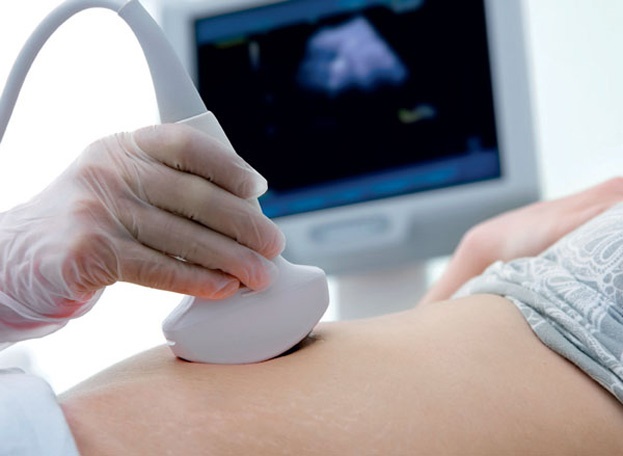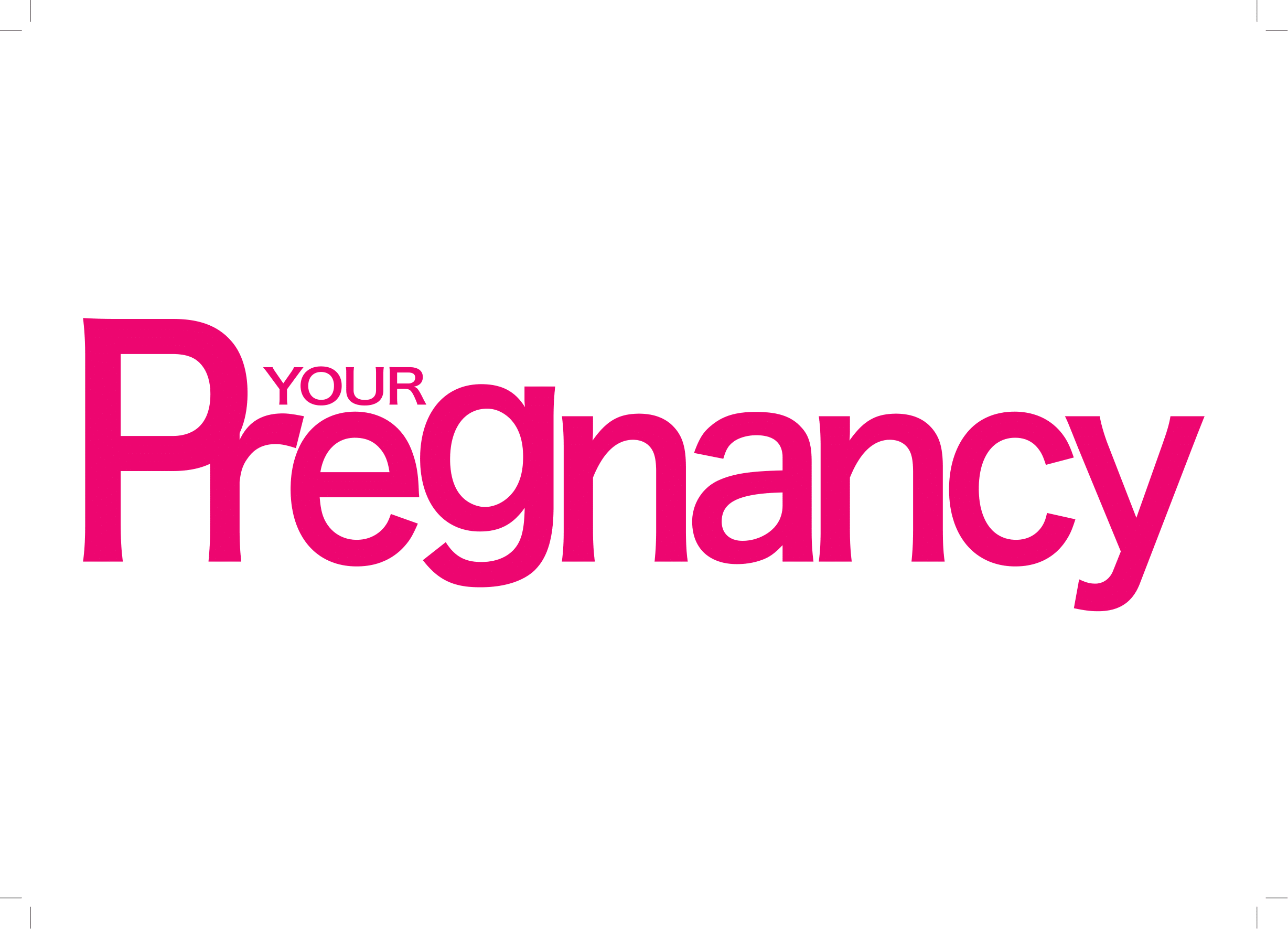
Placenta praevia occurs when the placenta develops in the lower part of the womb where it covers all or part of the opening to the cervix. This condition occurs in about one in 200 pregnancies. The exact cause of placenta praevia is as yet unknown.
However, gynaecologist and obstetrician Dr Lourens Kriel from the Netcare Olivedale Hospital in Johannesburg says the condition is more common in women who smoke, have their children at an older age, women who have multiple pregnancies, women who’ve had more than five children, women with abnormally developed uteruses, and women with a large or abnormal placenta.
Symptoms and diagnosis
The signs and symptoms of placenta praevia vary, but usually it can easily be diagnosed with an ultrasound. There are three different grades of placenta praevia:
Marigold praevia
This is when the placenta is next to the cervix but doesn’t cover the opening.
Partial praevia
The placenta covers part of the cervical opening.
Complete praevia
The placenta covers all of the cervical opening. Painless vaginal bleeding during the first trimester is usually the first indication of placenta praevia. “Other reasons to suspect this condition include premature contractions, if the baby is in a breech position, or if your uterus is measuring larger than it should at this stage of your pregnancy,” explains Gynaecologist and Obstetrician Dr Rafik Mia from the Genesis Clinic in Johannesburg.
Your treatment plan
Dr Kriel and Dr Mia explain that the treatment of placenta praevia will depend on a number of things. The main factors can include:
- The amount of bleeding.
- Whether the baby is developed enough to survive if delivered.
- How much of the cervix is covered by the placenta.
- The baby’s position.
- The number of previous births had.
- Whether you are in labour or not.
“If the placenta is near or covering a part of the cervix, and there is no bleeding or only minimal bleeding, your doctor may recommend drugs to mature your baby’s lungs, strict bed rest, reducing your activities, no sex, no tampons and no douching,” says Dr Mia. “If, however, you lost a lot of blood you may receive a blood transfusion, medication to prevent early labour and steroids to mature your baby’s lungs,” Dr Kriel adds.
What does placenta praevia mean for me and my baby?
- Frequent doctor’s visits. Women with placenta praevia need to be monitored carefully by their doctor.
- Accept that you will have to have a caesarean section – it is a safer option for the delivery of your baby.
- If vaginal bleeding occurs before 36 weeks of pregnancy, accept the possibility of a longer hospital stay.
- Prepare yourself both mentally and emotionally for the possibility of a preterm birth and your baby’s stay in the NICU.
- Prepare yourself for the possibility of a blood transfusion.
Complications during delivery
While a caesarean section is the safer option for delivery, it’s not without its risks. Dr Mia explains the risks.
The risks to the mother include:
- Bleeding, blood clots, organ injury and infection during the caesarean section.
- Major bleeding with the possibility of a blood transfusion.
- Atonic uterus, associated placenta accreta (when the placenta is adherent to the wall of the uterus) with excessive bleeding may result in a hysterectomy to save the mothers’ life.
- The mother might go into shock during the caesarean section .
The risks to the baby include:
- Prematurity related complications such as temperature control, feeding and breathing.
- Blood loss in the baby, resulting in a blood transfusion for baby and being admitted to the NICU.
- Death.
Dr Kriel explains that most infant deaths caused by placenta praevia generally occur when the baby is delivered before 36 weeks of the pregnancy.
Can you get placenta praevia in a second pregnancy?
If you had placenta praevia during a previous pregnancy, it can increase your risk of getting it again during a second pregnancy. “The chance of having a recurrence is between four to eight percent and the possibility of placenta accreta after a caesarean section is about 1.5 percent,” Dr Mia says.
Risk factors for placenta praevia
Dr Kriel says there are certain risk factors that can increase a pregnant women’s risk for placenta praevia. The main factors can include:
- If you had placenta praevia during a previous pregnancy.
- Women who’ve had previous pregnancies.
- Smoking during pregnancy.
- Women who are younger than 20 years old are at a higher risk and women older than 30 are at an increased risk.
- If you had previous uterine surgery such as a caesarean section or myomectomy.
When to call your doctor
Placenta praevia can be dangerous to both you and your unborn baby. Call your doctor as soon as possible when you experience any vaginal bleeding during your pregnancy.




 Publications
Publications
 Partners
Partners










